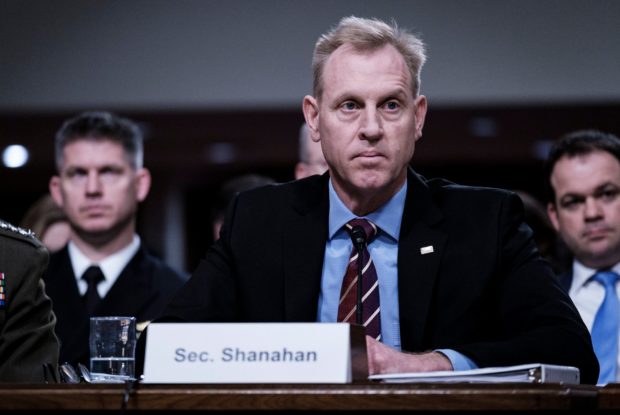Defense Secretary Nominee Pat Shanahan’s Vexed Relationship With Evidence
Here is a column from Just Security that lists questions defense reporters would like to ask about transgender policy, for example: “The U.S. military currently has 14,000 transgender troops serving openly. Has their service had any negative consequences on the military’s readiness or morale?”
Patrick Shanahan led the Pentagon group that was assigned to clean up the impulsive presidential tweets that set in motion the eventual ban on transgender military personnel. Shanahan hasn’t received much attention for his lead role, and the nature of the product his group produced explains why.
There is a striking difference between the earlier 2010 Pentagon report on “don’t ask, don’t tell” and the 2018 Pentagon report on transgender policy, and not only the fact that one was used to support wider service and the other used to justify discrimination. The “don’t ask, don’t tell” report began, on the first page following the cover page, with a list of the names of senior DOD officials, military and civilian, who formed the study group and signed off on its conclusions. It goes on to list everything the study group did, in great detail, to understand the issues: the specific number and amazingly wide array of viewpoints they solicited and considered, the materials it reviewed, and the studies it commissioned. This group of senior officials personally vouched for a report they believed to be “the largest and most comprehensive in the history of the U.S. military, on any personnel-related matter.”
In contrast, the 2018 Pentagon report on transgender policy bragged that it was based on the expertise of a “Panel of Experts that included senior uniformed and civilian leaders of the Department and U.S. Coast Guard,” but not one panel member, including the lead civilian on the panel, now Secretary of Defense nominee Patrick Shanahan, was willing to put their name on the report. Only one person ultimately endorsed the report individually, and that was President Trump’s then-Secretary of Defense James Mattis. It speaks loudly that no one who presumably made the decision to ban transgender people from service was willing to be identified by name.
